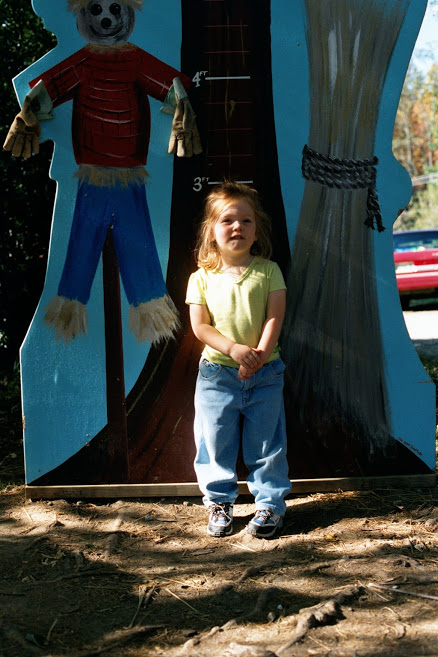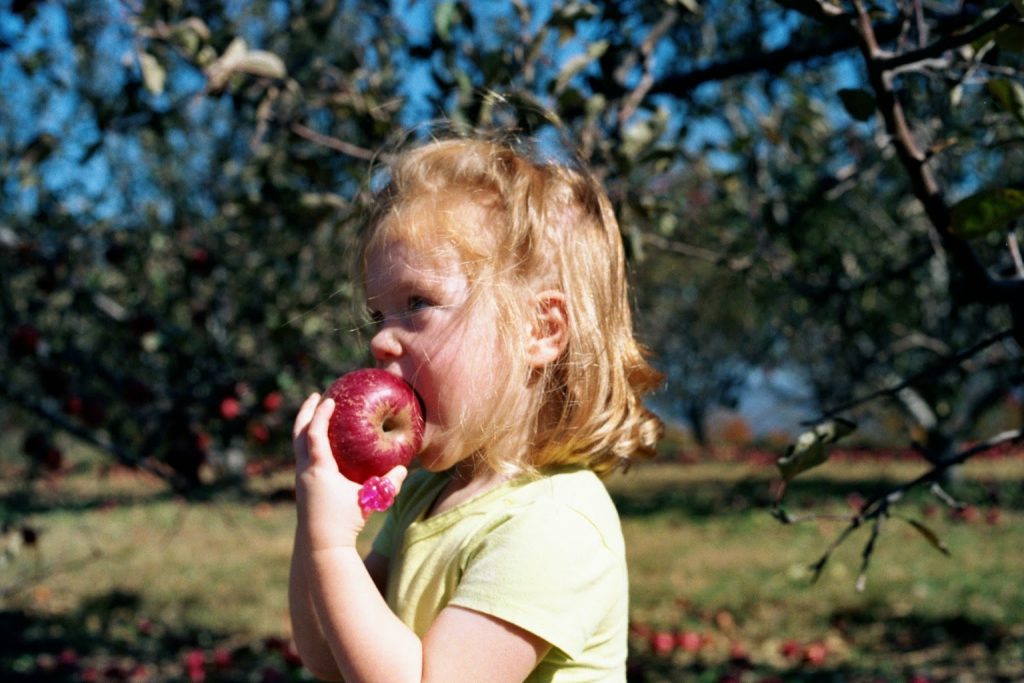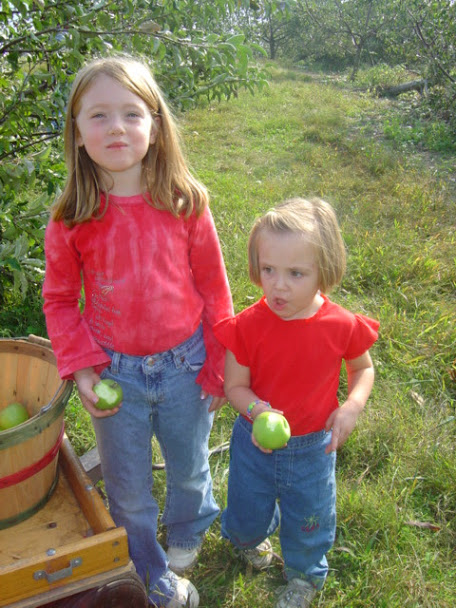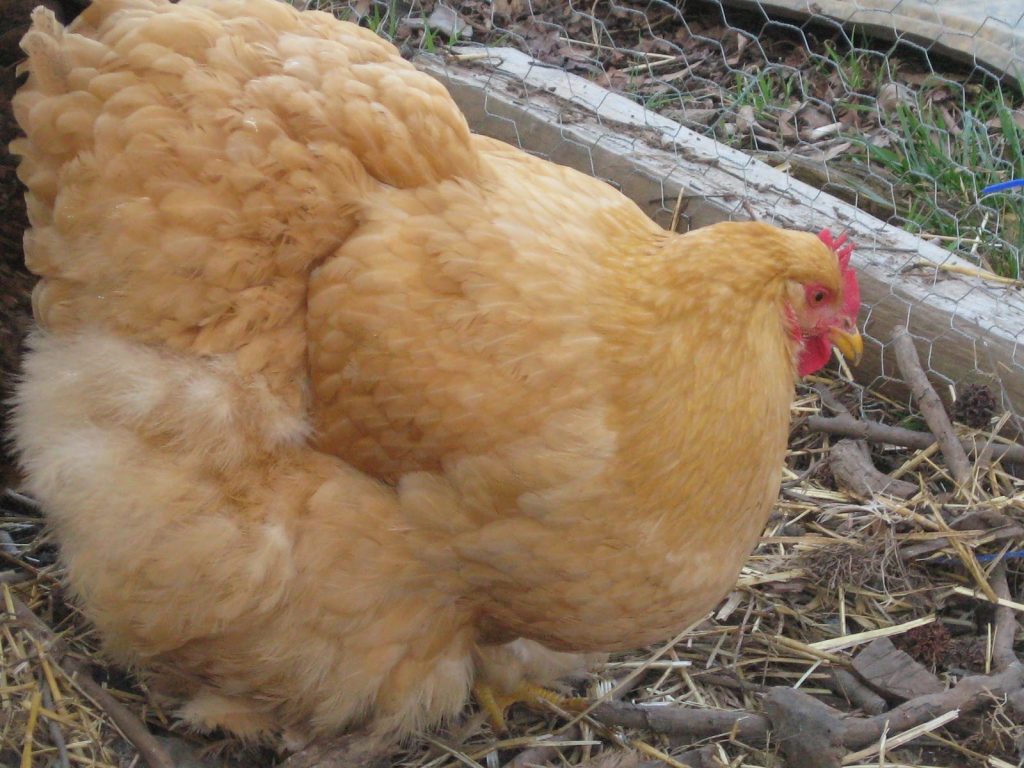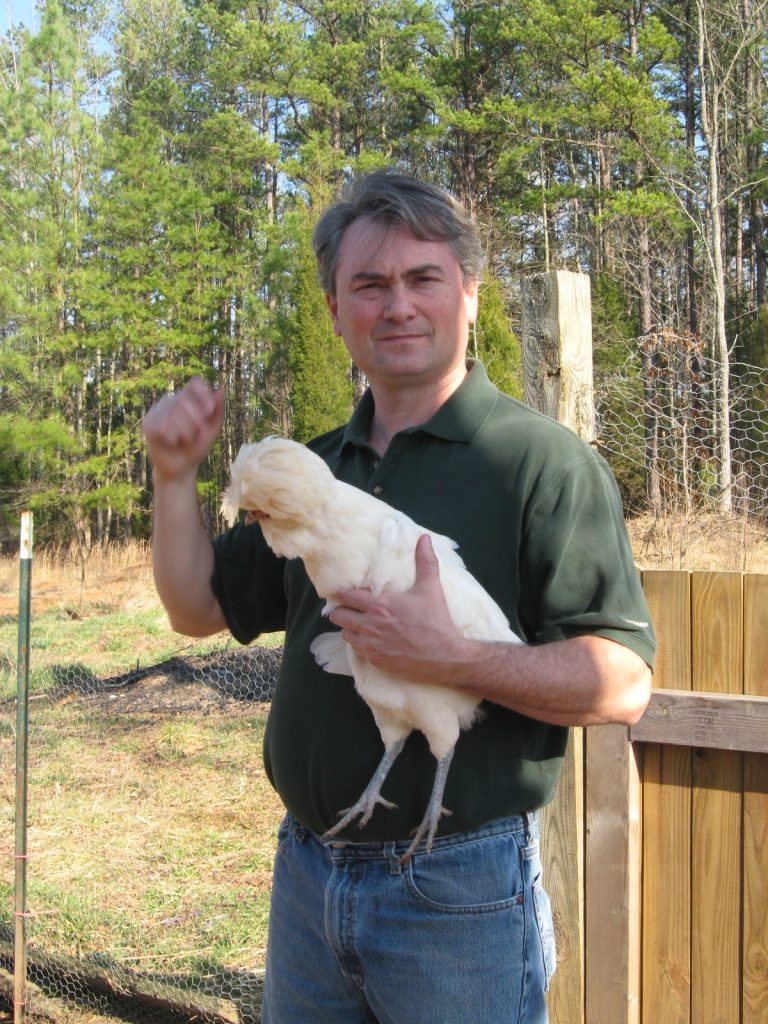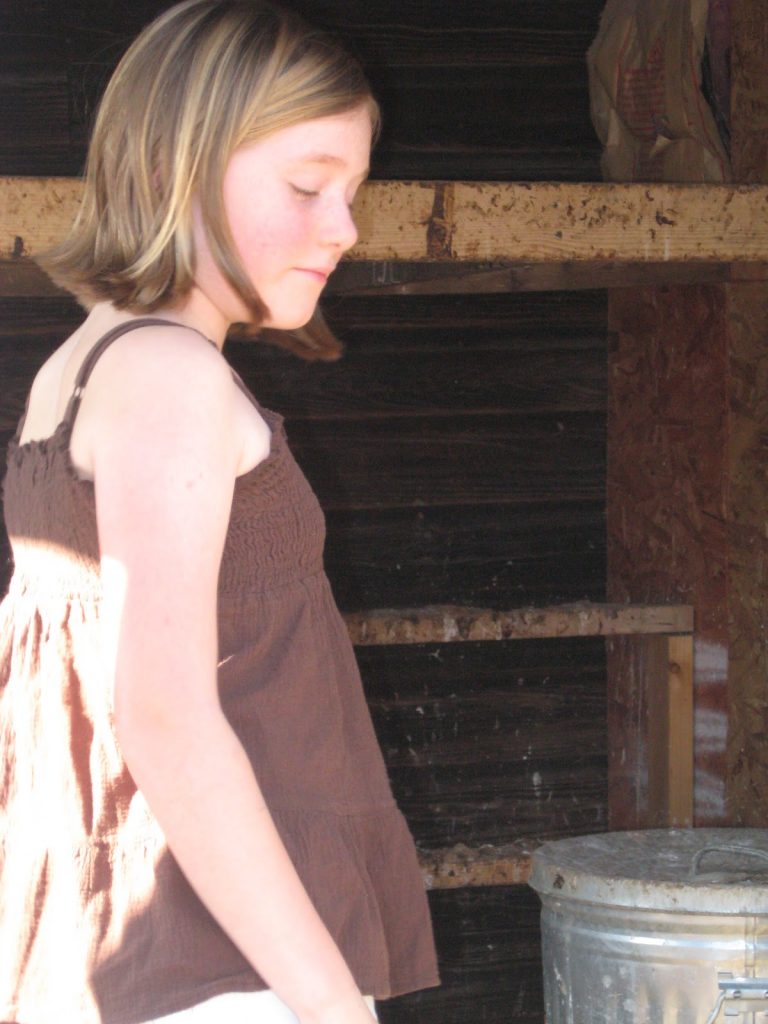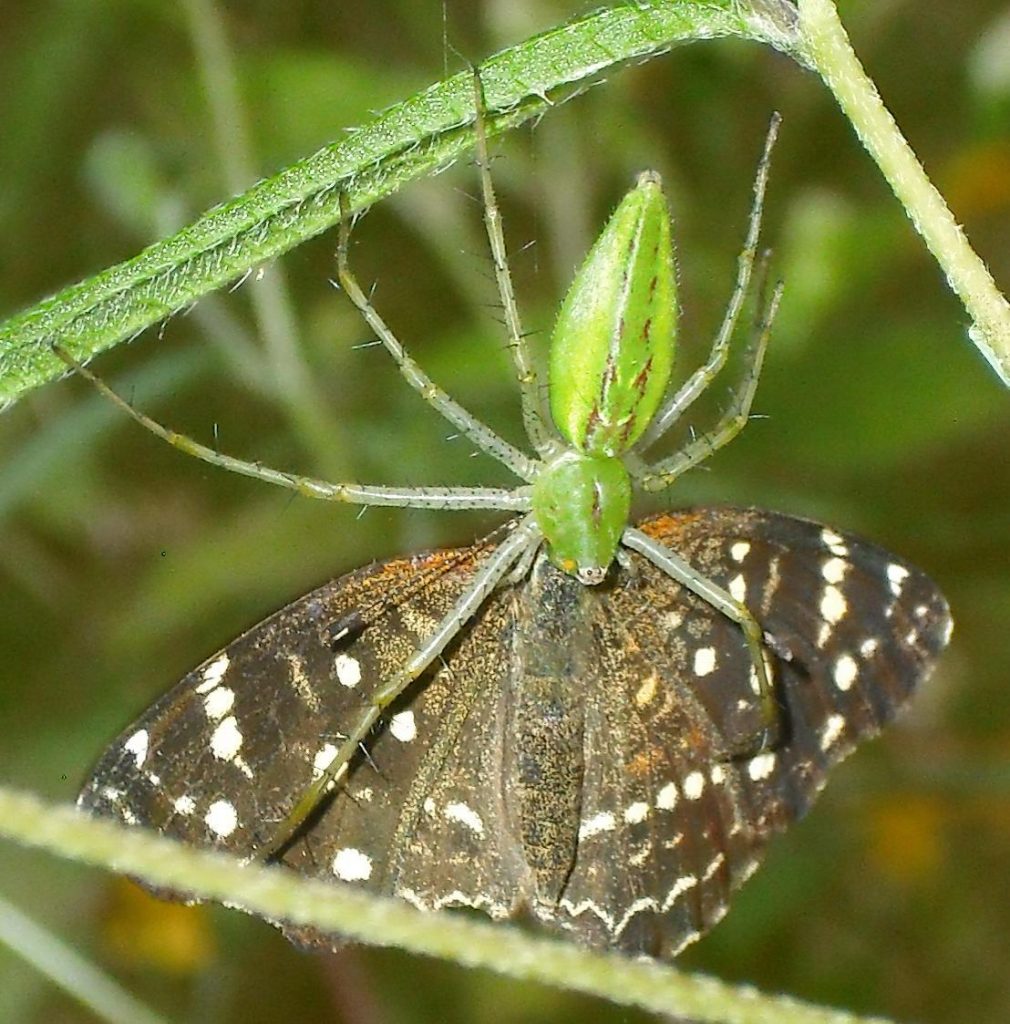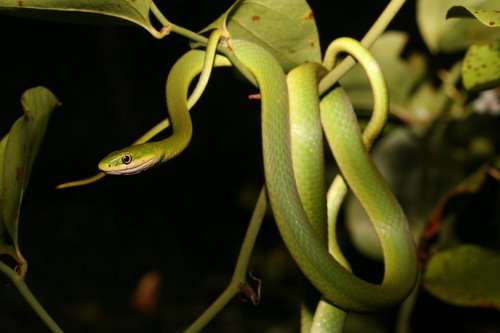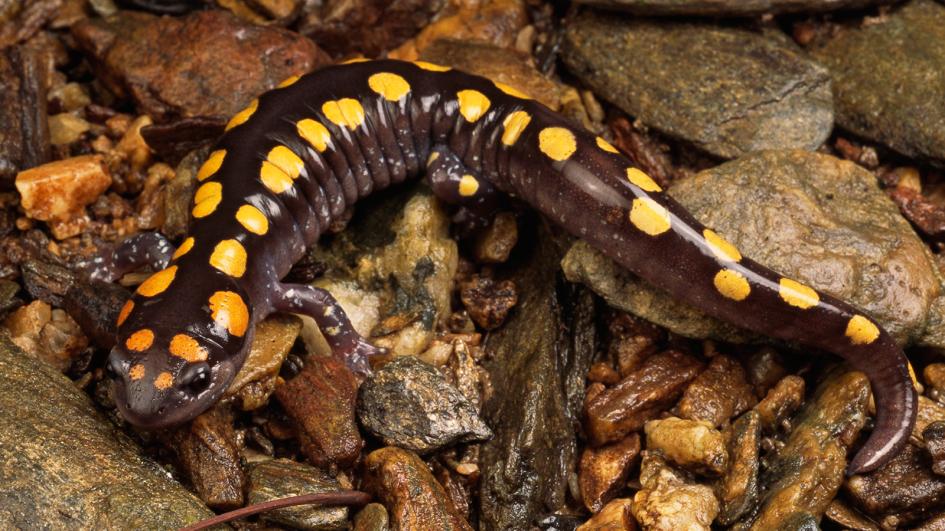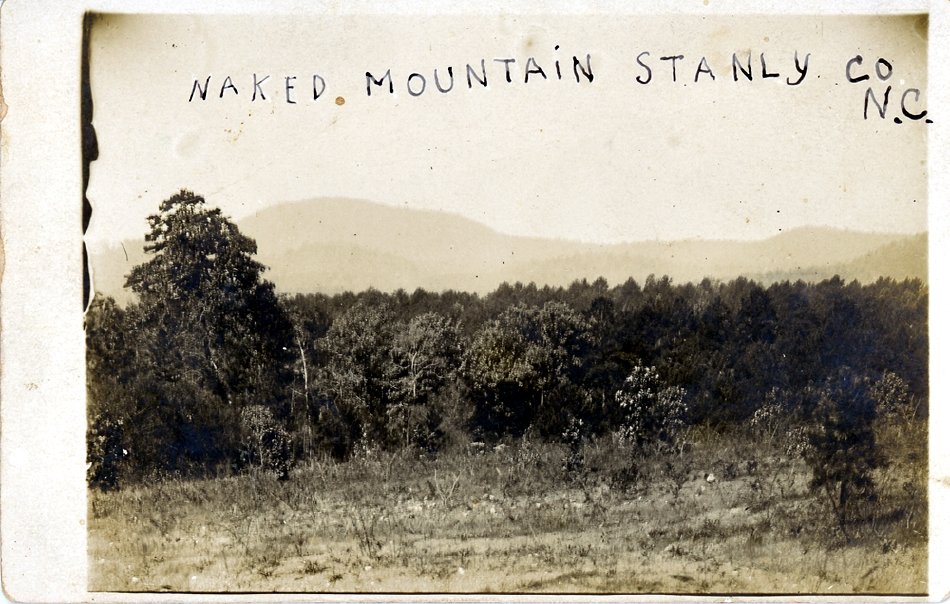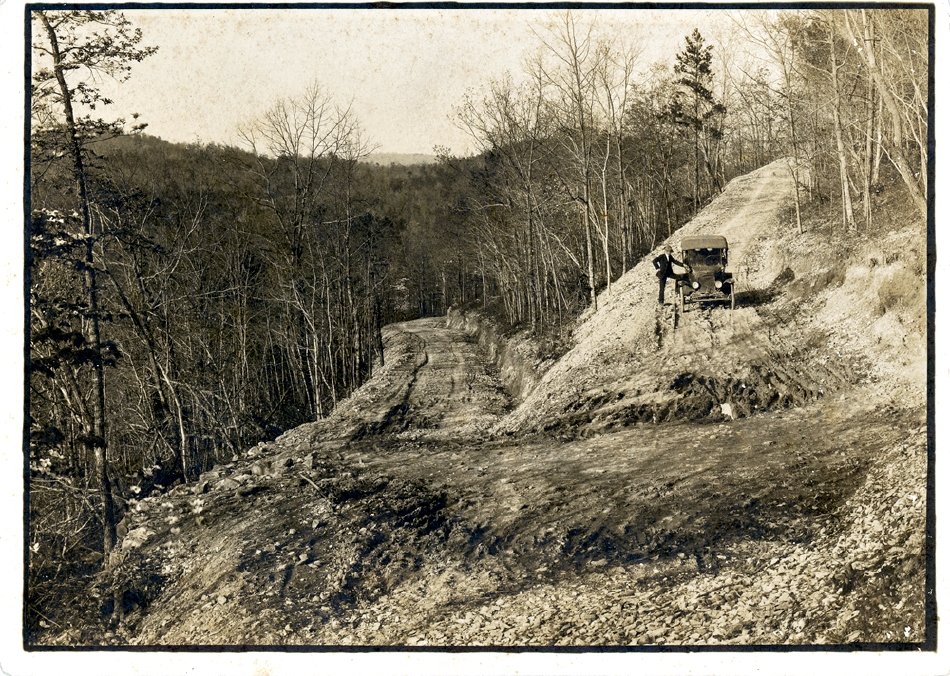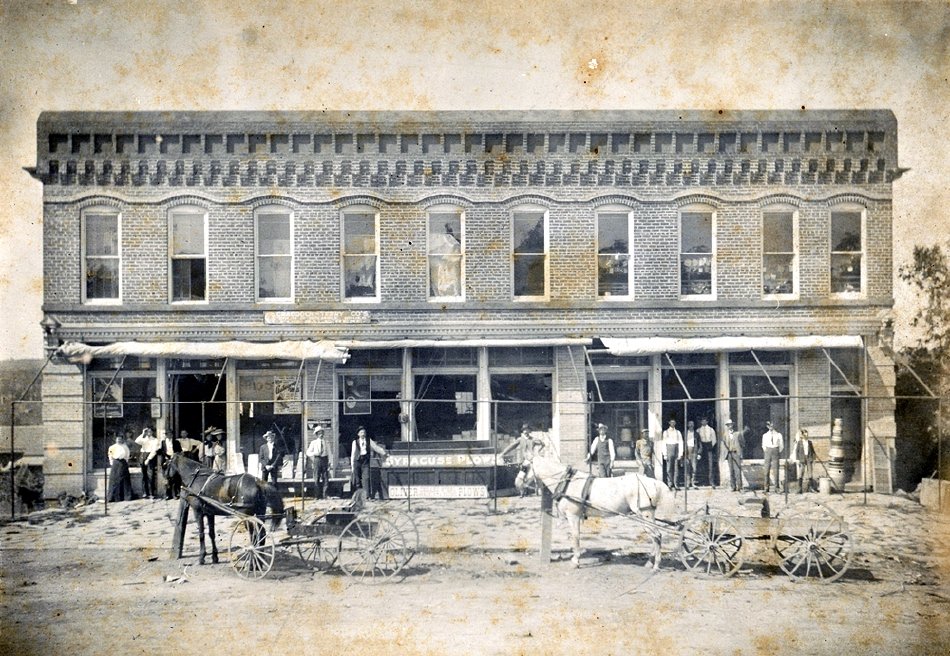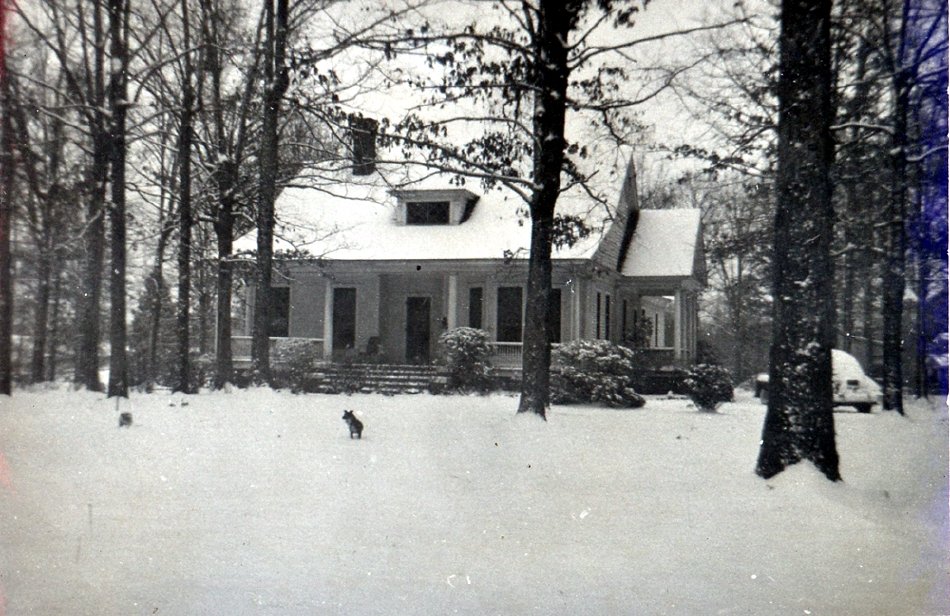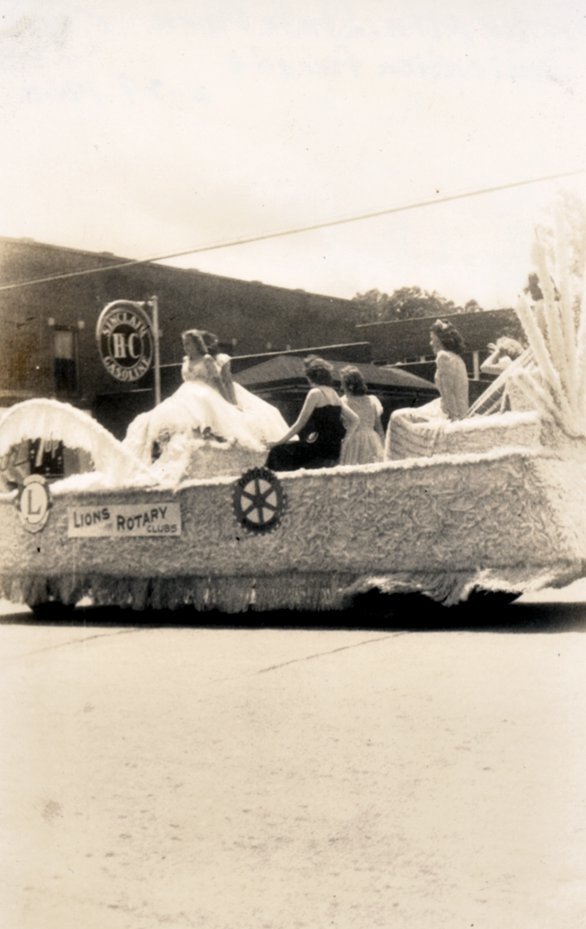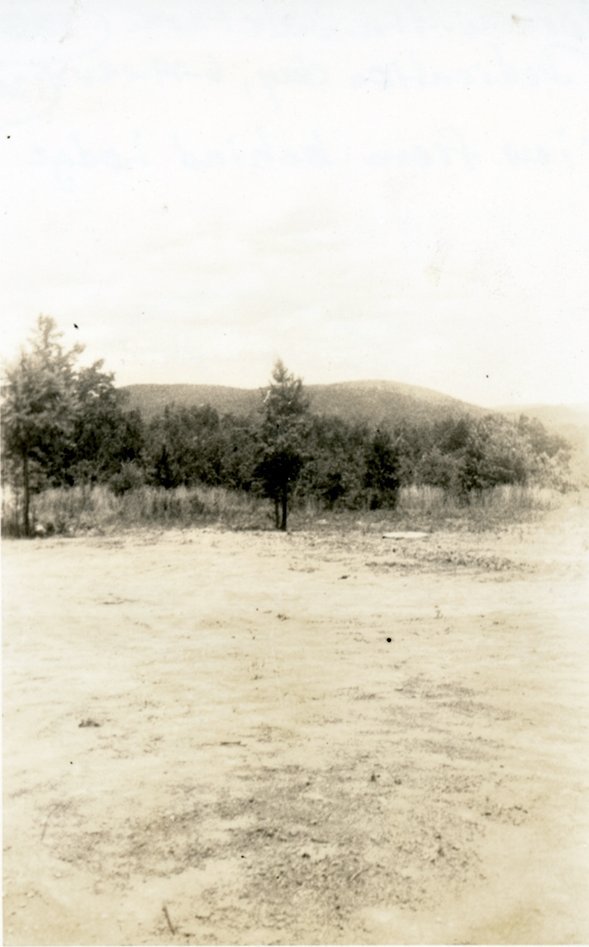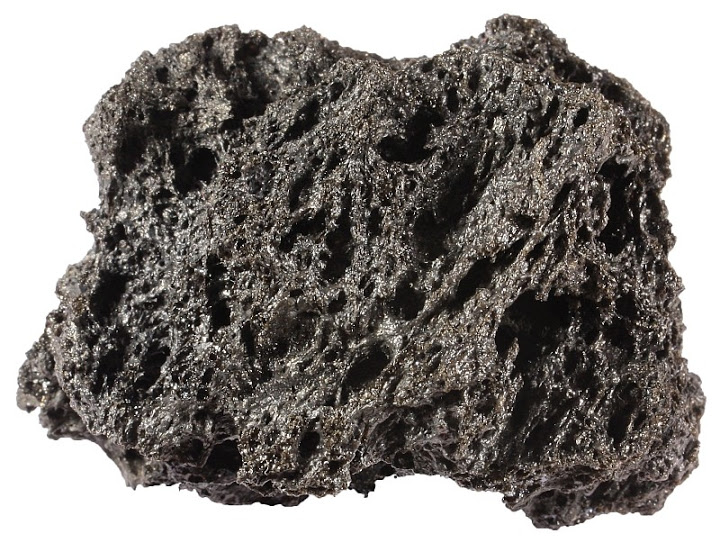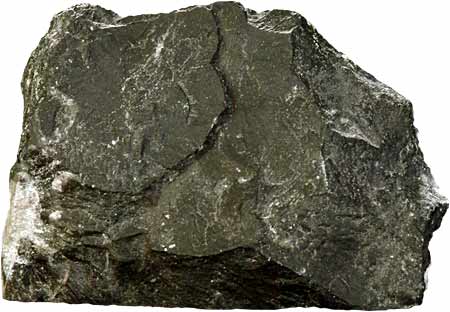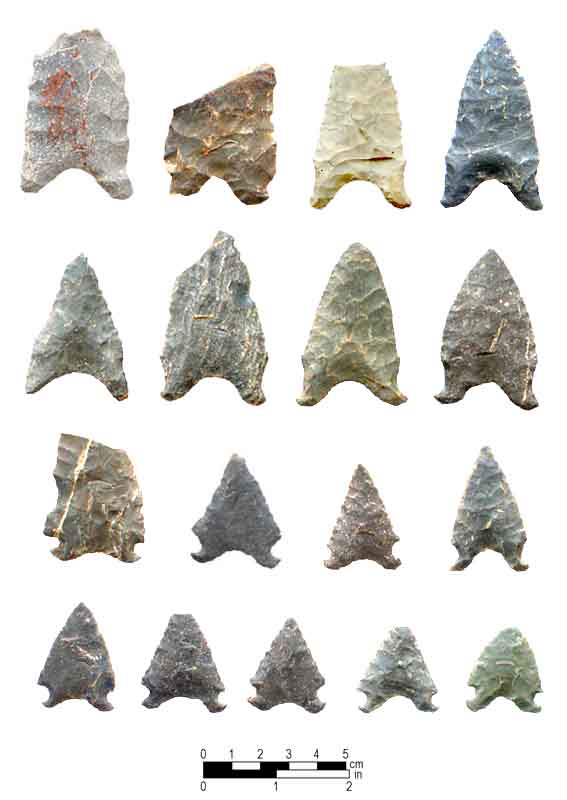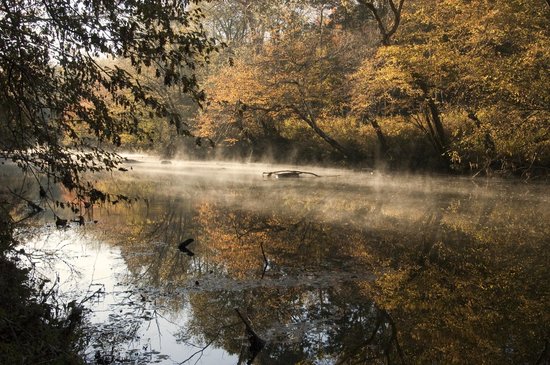The first time I ever travelled to Morrow Mountain was in the fall of 2017 with Guilford College’s Outdoors Club during a weekend camping expedition. We pitched our tents in one of the “primitive” camping lots, gathered firewood for the approaching evening, and settled in with some music and dinner preparations. I believe the first night we had tacos; food always tastes so good when you’re camping. It was such a beautiful space for forming friendships and community, as I often find camping trips to be. You’re all dirty, sweaty, and tired, but eager to chat, sing, play games, share stories and meals, and soak in the natural world as much as you can. That first evening we curated a roaring fire in the pit and watched it burn down to embers over a game of cards that lasted a pleasant forever. We eventually retired to our tents and I distinctly remember wishing I could stay up to watch the stars slowly trace their way across the sky. Going to areas like this while being from, and currently residing in areas filled with such drastic light pollution really reminds you how beautiful the untouched, untainted sky is.
The next day, we were eager to explore. Being in nature, purely in nature for the sake of being there, is like being a child. The wonder and euphoria that is felt while being able to freely explore, being able to wander all day, being able to run and jump and hop and skip, being able to sit and listen and be still, being able to take a nap in the grass, being able to discover the most profound stillness and the most mind-boggling movement all in one place consistently toes the boundary between the realm of secular existence and the realm of the divine. Nature seems to be magical at any age, especially while traversing a new path. And so, we hiked. Making our way down the (very accessible and obviously human-made) path, we quickly approached Badin Lake. So beautiful, as blue as the sky above, and so tantalizingly inviting that all of us came to the consensus that we could not, in fact, understand the strange scribbles on the old sign that said “no swimming.” The fifteen or so of us peeled off our now sticky with sweat outerwear and tiptoed into the cool, now-fall-temperature water. The shore was littered with smooth pebbles and bits of branches that had been quietly reaching their broken arms out to ground themselves in the sand from within the small waves that were now lapping at our feet. I remember the tickle of the cool water spreading from the soles of my feet to the top of my head, sending a slight shiver to my spine. It was pure bliss. The sun was out, we were playing games in the water as though we were swimming, we were making new friends, we were falling in love. We fell hard for the world around us and for those who wanted to enjoy it with us, and for the memories that our secret, short-lived dip in Badin Lake allowed us to harbor.
Upon returning, quite recently, to Morrow Mountain and the Uwharrie area, I embarked on a hike, hand in hand with one of the folks who had accompanied me and the rest of our club on the first trip to the area. It seemed only natural. Of course, I returned this time with the intent to study, to learn, and although I did so, I think that I noticed a lot more what intentionality can contribute to a visit to, or existence within nature. As we made our journey up the path, and after having visited the small natural history museum at the foot of the trail, I began to notice things that I think, otherwise, I wouldn’t have. Small buds were just barely forming at the tips of branches, marking the earliest whispers of Spring in the air. Skinks making a rustle in the otherwise quiet leaf-covered forest floor, challenging me to find them with careful discernment between its back and the leaf it stands on, motionless. And then, the most profound occurrence: I saw snow. There was snow everywhere. I was shocked; there was snow on the ground on a sixty-degree March day in North Carolina. Sunlight gently sifts through the leaf-budded branches of the trees that tower above me, almost scraping the clear blue sky with their early morning stretch. I continue walking, fascinated by this phenomenon, as the soft beams of sunlight guide my gaze to the next patch of white among decaying leaves from the previous fall. I look down and watch carefully as I realize how heavily my own two feet are treading uphill over white deposits scattered generously along the path. With a closer look at what sits in front of and underneath my feet, I conclude that in fact this is not snow, but rather quartz emerging from the packed dirt of the hiking trail. Somewhat disappointed that the mystery of springtime-snow had been solved, I carried on with a smile, yet again remembering the feelings of wonder, curiosity, and even epiphany that the natural world offers to us; remembering the feeling of childhood fantasy.
Thank you for joining me on this short journey through my understanding of nature, my discovery of some of the Uwharrie National Forest, and wishing me well on the rest of my adventures. Of course, my blog is nowhere near comprehensive; not only did I not have a chance to cover everything I planned on covering (especially the hauntings and spooks of the mountains, which there are a lot of in the Uwharrie area, especially Bigfoot lore), but I didn’t even come close to covering the entirety of the story! Regardless, thanks for sticking it out during our time together. Now, take a hike!
